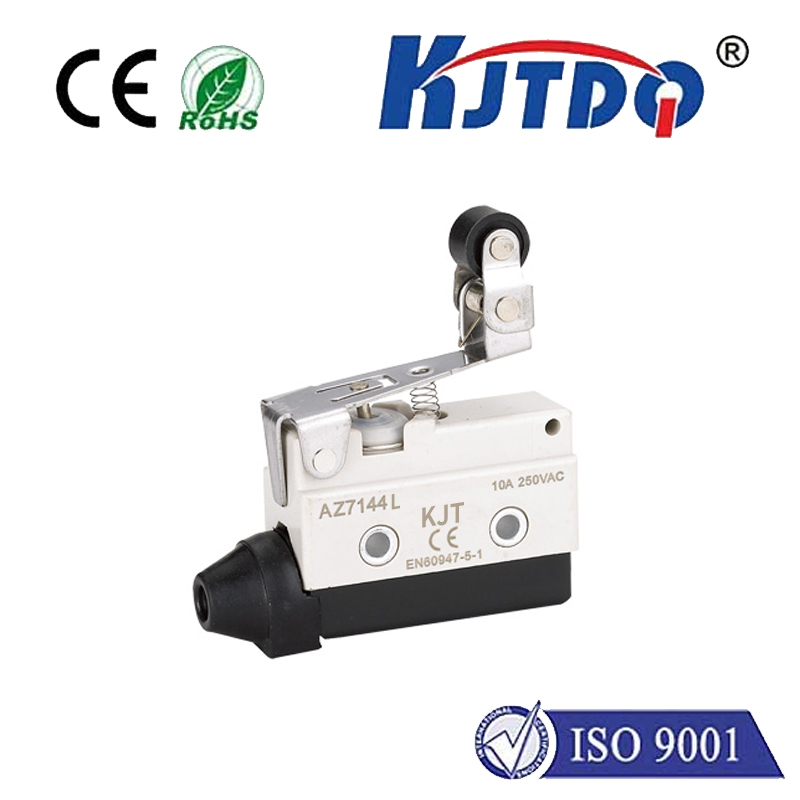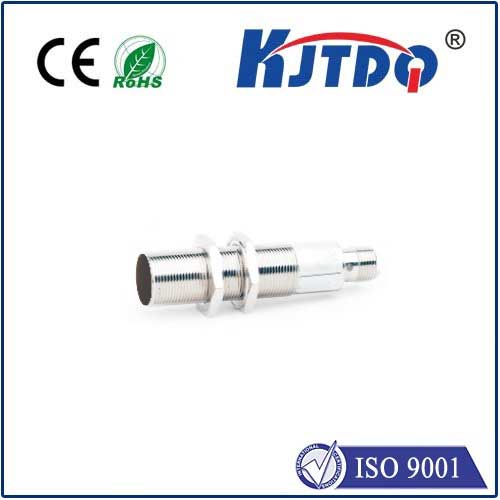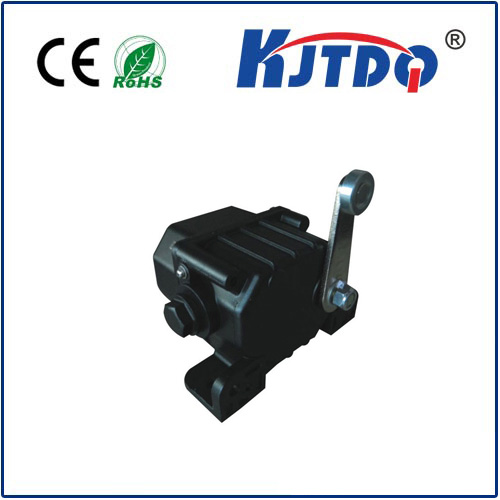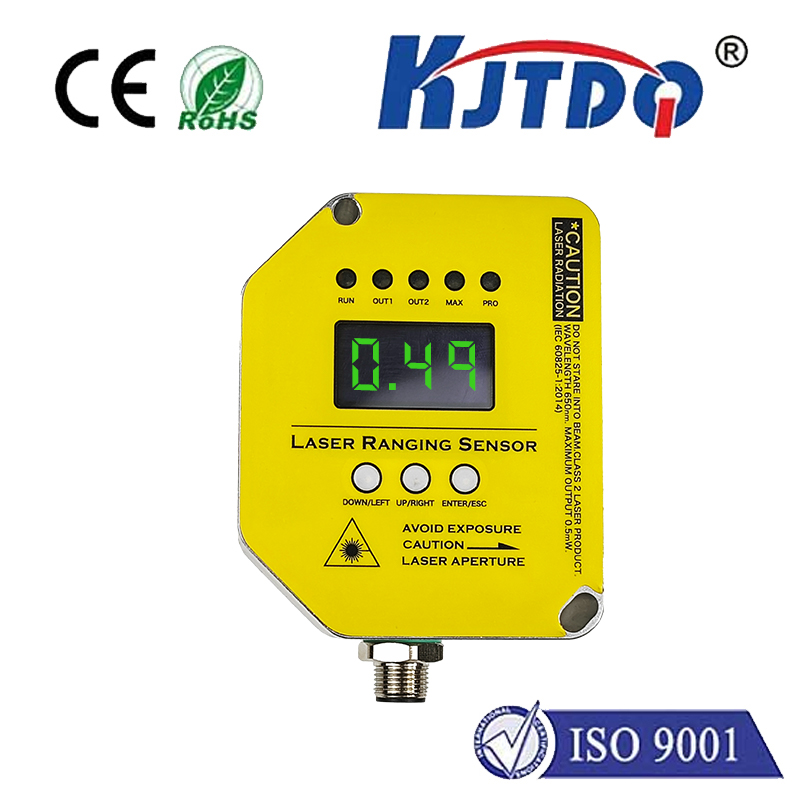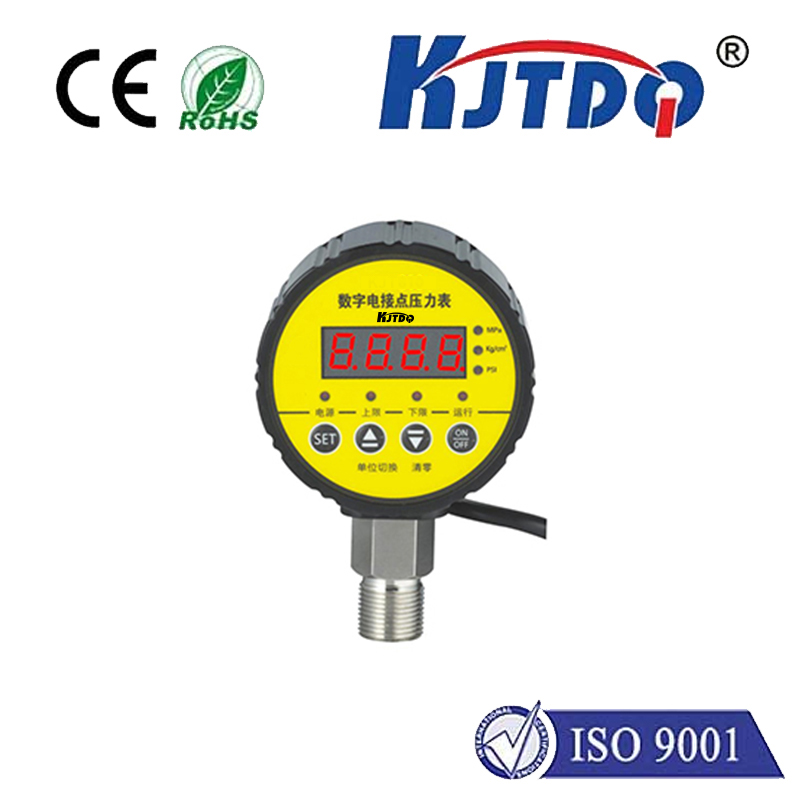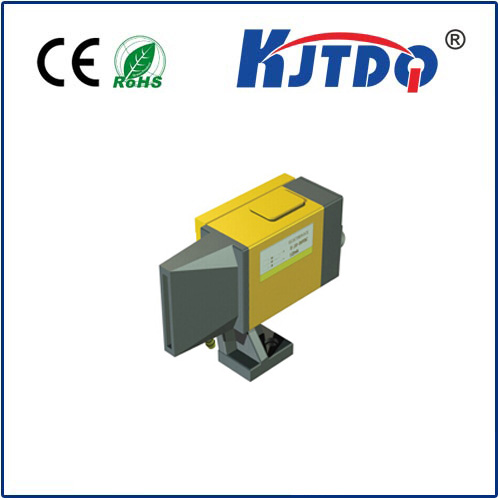vibrating fork level limit switch
- time:2025-08-08 03:16:50
- Click:0
The Vibrating Fork Level Limit Switch: Your Fail-Safe Sentinel Against Overfills & Run-Dry
Imagine a silent guardian, tirelessly monitoring the contents of your silos, tanks, and hoppers. Not with eyes, but with a subtle vibration, ever-ready to sound the alarm or halt operations the moment material levels reach a critical point – preventing costly spills, damaging dry-runs, or process disruptions. This is the core mission of the vibrating fork level limit switch, a remarkably reliable and versatile workhorse in industrial level detection.
Far more than just a simple switch, this sensor represents a sophisticated blend of physics and engineering designed for point level detection – knowing precisely when material is present or absent at a specific location. Its popularity stems from its robustness, minimal maintenance needs, and immunity to challenging conditions where other sensors falter.
How the Magic (Physics) Works: A Tale of Tines
At the heart of this device lie two metal tines, often called forks, extending into the vessel. An internal piezoelectric crystal acts as the engine. Here’s the elegant sequence:

- Electrically Driven Vibration: An electrical signal excites the piezoelectric element, causing the entire fork assembly to resonate at its precise, predetermined natural frequency – typically in the range of hundreds of Hertz. Think of it like a tuning fork singing its specific note.
- Stable Frequency in Air: When the forks are surrounded only by air (or gas/vapor), the vibration is unimpeded. The fork vibrates freely at its natural frequency with minimal energy loss. The sensor’s electronics constantly monitor this frequency.
- Material Encounter & Damping: When the rising material level submerges the forks, the surrounding liquid, powder, or bulk solid exerts a significant damping force on the vibrating tines. This drastically increases the mass load on the forks.
- Detectable Frequency Shift: This added mass load causes a sudden, measurable drop in the resonant frequency of the vibrating fork.
- Electronic Trigger: The sensor’s intelligent circuitry detects this significant frequency shift. Once the shift exceeds a pre-set threshold, it interprets this as the forks being covered by material and instantly triggers a reliable switching action. This switch signal is the critical output – changing state (e.g., from open to closed, or vice versa) to control alarms, pumps, conveyors, or valves.
Where the Vibrating Fork Level Switch Truly Shines
This technology excels in environments that often plague other sensors, making it indispensable across numerous sectors:
- Harsh Industrial Settings: Flour mills, cement plants, chemical processing, plastics, food & beverage, pharmaceuticals – where dust, steam, vibration, and aggressive media are common.
- Challenging Media:
- Powders & Granular Solids: Highly cohesive powders, lightweight flakes, granules, pellets prone to bridging or sticking.
- Abrasive Materials: Sand, ores, fly ash – where sensors need durability.
- Viscous Liquids: Syrups, sludges, oils, paints.
- Corrosive Chemicals: Acids, bases, solvents (requires suitable fork material like 316L SS, Hastelloy, coated options).
- Bulk Solids in Silos/Hoppers: Ideal for high and low-level alarms.
- Critical Safety & Protection Applications:
- Overfill Prevention: Triggering alarms or stopping filling pumps before tanks overflow, preventing environmental hazards, product loss, and safety incidents.
- Dry-Run Protection: Detecting an empty tank or conveyor to shut down pumps or motors before they operate without material, avoiding cavitation, overheating, and catastrophic damage.
- Leak Detection: Serving as a low-level alarm in secondary containment systems.
- Bridging Detection: Installing horizontally to detect material arching above outlet points.
Why Choose a Vibrating Fork? Key Advantages Fueling Reliability
The widespread adoption isn’t accidental. Several inherent benefits make it a top choice:
- Immune to Material Buildup: This is arguably its greatest strength. Unlike paddle switches where buildup can jam the mechanism, or capacitance probes where coating alters sensitivity, the vibrating fork switch’s detection is based on frequency shift caused by submersion. Thin layers clinging to the fork (within reason) won’t trigger a false level signal. It reliably detects the actual product level, not a coating.
- Minimal Maintenance: With no moving parts susceptible to wear (like paddles or rotating vanes), and immunity to buildup, these switches require significantly less intervention. This translates directly to reduced downtime and lower lifetime costs.
- High Reliability & Fail-Safe Operation: The principle is inherently robust. Modern designs often incorporate self-diagnostics to monitor fork integrity and circuit health. Many models offer fail-safe configurations – a critical safety feature meaning if the electronics fail or power is lost, the output switch defaults to a “safe” state (e.g., indicating an alarm condition).
- Simple Installation & Calibration: Typically requiring only a single process connection (flange, thread, sanitary clamp), installation is straightforward. Calibration often involves a simple “teach” process in air and sometimes in the material, handled via buttons or software.
- Versatility: A single switch design often handles liquids, powders, and bulk solids effectively. Adjustable sensitivity settings offer fine-tuning for different densities.
- Cost-Effectiveness: Offering high reliability with low maintenance, the total cost of ownership is very favorable versus many alternatives.
Choosing and Using Wisely: Key Considerations
While incredibly versatile, optimal performance depends on thoughtful selection and installation:
- Fork Length & Material: Must be appropriate for the vessel size and compatible with the process media (temperature, pressure, corrosiveness). Short forks are great for small pipes; long forks penetrate deeper into large silos or viscous liquids.
- Process Connection: Flange type, size, and material must match the vessel nozzle and withstand pressure/temperature ratings. Common options include NPT threads, DIN flanges, Tri-Clamp (sanitary), ANSI flanges.
- Electronics Housing: Consider the ambient temperature and explosion protection requirements (ATEX, IECEx ratings for hazardous areas). IP ratings indicate dust and moisture ingress protection.
- Output Signal: Define the required switching function (SPDT, NPN/PNP transistor, relay) and electrical rating.
- Installation Location: Mount the switch where level detection is critical. Ensure forks aren’t obstructed by agitators, inlet streams, or internal structures. For powders, avoid mounting directly above outlets where falling material can cause erosion or false triggering. Horizontal mounting is common for solids high-level detection; vertical mounting is typical for liquids.
- Material Characteristics: Consider density, viscosity, abrasiveness, and corrosiveness for fork selection and sensitivity setting.
The Silent Solution to Persistent Problems
For applications plagued by material buildup rendering other sensors unreliable, the vibrating fork switch is frequently the perfect antidote. Its unique acoustic fingerprint detection method bypasses the issues of coatings and sticky products. When processes demand **fail









